Build quality and handling
The lens is mainly made from plastics in combination with metal and glass. All markings are engraved and filled with paint. Due to the extensive use of plastics the lens feels very light but also a bit cheap.
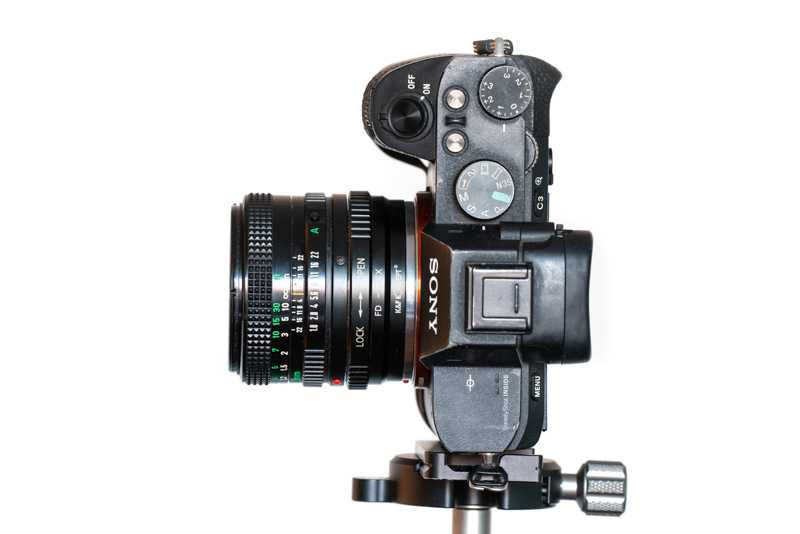
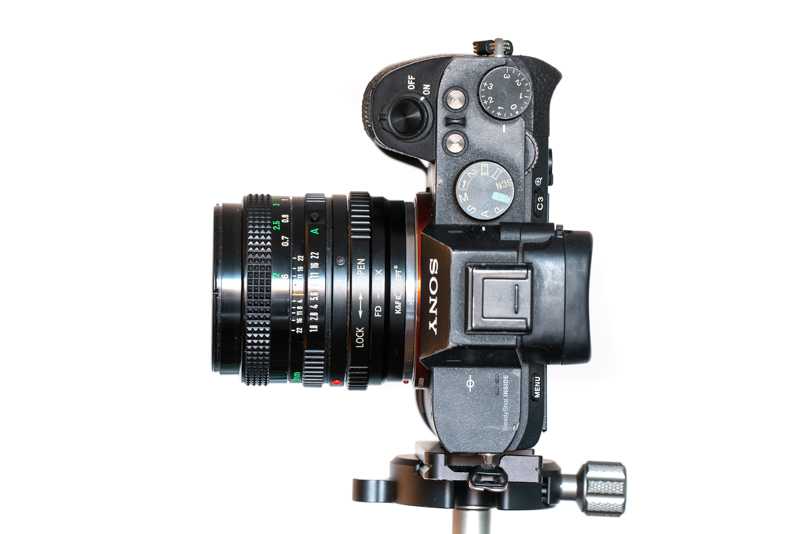
The aperture ring sits at the base of the lens and is made from plastics.The aperture ring has a high resistance and feels cheap. Except for the click between f/1.8 and f/2.8 where the click sits around f/2.5, the aperture ring features 1/2 stop click stops.
The plastic focus ring is knurled and easy too find. The focus ring has an OK resistance but somehow doesn’t feel very smooth. The focus ring travels about 160° from 0.6m towards infinity, the first 90° take you from 0.6m to 1.5m. In comparison with other manual lenses from the same era the Canon nFD 1.8/50 feels cheap and the whole experience is significantly less nice.
The lens balances well on my a7II and a7RIII.
Alternatives
Minolta 2/55
Sharper with nice bokeh, but also heavier and more expensive. Both lenses are made very well and are a joy to handle. Both are very vulnerable to lens flares.
Sony 1.8/50 FE
A modern alternative with AF, it is also more expensive, build quality is less nice though. The Sony is optically better in most regards. If you depend on AF and your budget is low, this one might be an option.
Sony ZA 1.8/55
Much, much more expensive, but also much better in almost every regard. Bokeh of the Sony ZA is much smoother but you can encounter onionrings from time to time.
Pentacon 1.8/50
Another fifty with very classic bokeh, although the rendering is hard to compare. The Pentacon isa bit nicer to handle. Both are cheap and have very bad flare resistance.
Zeiss Loxia 2/50
Much more expensive with similar nice build quality, maybe even a touch nicer. The Loxia is better in every regard and on of the nicest manual fifties one can get.
Voigtländer APO Lanthar 2/50
The perfect manual focus standard lens. It is much better in every regard and a joy to use. This lens is also much more expensive, if budget is no problem and you are looking for the best corrected fifty for the system get this one.
Canon FD 1.4/50
Heavier and more expensive but with much smoother bokeh. In case your looking for a 50mm lens that won’t be used exclusively for landscape photography, the Canon FD 1.4/50 might be the smarter choice.
TTArtisan 1.4/50
A modern manual 50mm lens with very smooth bokeh, its much heavier though. In case you are looking for a nicely built manual 50mm lens with very smooth bokeh and good sharpness, without spending big this might be your lens.
Olympus F.Zuiko Auto-S 1.8/50
A nicely built 50mm lens which is also very light. Optically the Canon performs better, but this one is a joy to work with.
Olympus Zuiko 1.8/50
This version has another optical scheme than the one mentioned above here. This version is a sharper with less distracting bokeh. See our for more information.
SMC Pentax 50mm f/1.7 or 2.0These are also very small and light and nicer to handle. They are a bit more expensive though and bokeh also is rather busy.
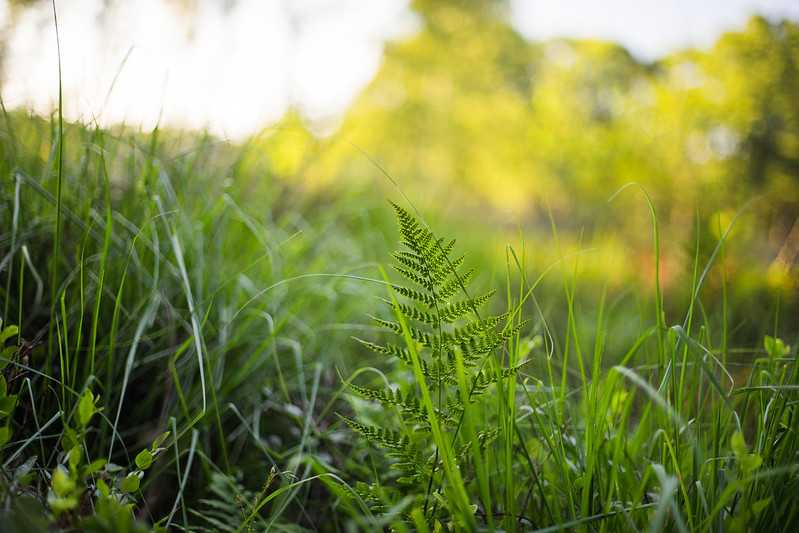 Sony a7II | Canon 50mm f/1.8 newFD | f/1.8
Sony a7II | Canon 50mm f/1.8 newFD | f/1.8
Третье достоинство объектива — небольшой вес
Знаете, есть некоторая разница в том сколько весит ваш фотоаппарат (с объективом), когда вы, например идете в поход в горы, или даже просто долго бродите по городу. Одно дело нацепить огромный и тяжелый объектив, и совсем другое — наш полтинник. Он гораздо легче, в большинстве случаев компактнее, а качество фотографий получается примерно такое же, как с большого и тяжелого.
Дело в том, что в объективе много пластмассовых деталей вместо металлических. Знаю, сейчас некоторые замахают руками и скажут, что это несерьезно, однако, за счет использования пластика объектив получился действительно легкими не таким дорогим.
Качество фотографий с объективом Canon EF 50mm f1.8
Не хотелось бы описывать словами то, что можно увидеть глазами: посмотрите на этот снимок
Он сделан в яркий солнечный морозный день на окраине города (это важно — смог не такой плотный как в центре):
Наверное вы догадались, что круглый фрагмент — это часть фотографии в натуральную величину. Нельзя сказать, что качество идеально, но все же мелкие детали вполне читаются и даже есть намек на видимость отдельных кирпичиков на стене дома. При всем уважении к компактным фотокамерам, придется признать, что такого качества они обеспечить скорее всего не смогут.
Но, с другой стороны, этот же снимок через объектив Canon EF 24-105 4L IS USM выглядит немного, но четче:
Обратите внимание: на стене появилось больше отдельных кирпичиков, а ограждение на крыше смотрится несколько четче, чем на предыдущем снимке. Но, не стоит убиваться, что наш полтинник оказался не таким хорошим в этом сравнении
Разница в стоимости объективов, через которые были сделаны данные снимки составляет почти 7 раз, и то, что дешевенький полтинник дал качество, сопоставимое с качеством фото профессионального объектива, дает нам повод относиться к нему с уважением.
Теперь хочется показать вам еще одну картинку. Это не что иное, как левый верхний уголок предыдущего снимка:
Можете сами найти это здание на общем снимке
Обратите внимание на то, что оно как бы завалено влево. Это так называемые угловые искажения, которые превносит объектив
К сожалению, это еще одна его слабая сторона. Однако справедливости ради стоит сказать, что подобные искажения есть практически у всех объективов (в разной степени, разумеется).
Этот фрагмент фотографии показывает нам еще один минус объектива Canon EF 50mm f1.8. Это постепенное ухудшение резкости при удалении от центра фотографии к ее углам. Фотографы называют данный эффект «размыливание». Опять таки, если сравнивать эту фотографию с подобной, полученной с компактной фотокамеры, то сравнение будет явно не в пользу компакта.
Продолжая говорить о недостатках объектива Canon EF 50mm f1.8, нельзя не упомянуть о том, что он далек от желаемой пыле-влагозащищенности. Например, на внутренней линзе объектива, который попал в мое распоряжение, уже имелось несколько пылинок. Они, правда, не оказывают сильного влияния на качество фотографии, однако, со временем, когда пыли внутри будет много, картинка будет получаться все более и более мутной.
С одной стороны это печально, с другой — при стоимости объектива в пределах 8.5-9 тысяч рублей можно запросто покупать себе новый объектив каждый год-два вместо того, чтобы задумываться о чистке старого от пыли.
И еще один факт, который может быть для вас интересен. Опытные фотографы знают, что у каждого объектива есть некое конкретное значение диафрагмы, при котором он дает максимально резкую картинку.
Предлагаю вам посмотреть на эти три фотографии (средние части в 100% масштабе). Они сделаны с разным значением диафрагмы: f1.8, f6.3 и f22 соответственно. Посмотрите, как отличается качество фотографий:
Комментировать фотографии я не стану — вы сами все прекрасно видите. Я показал эти фото на тот случай, если вы купите объектив и будете недоумевать, почему «иногда» фото получаются резкими, а «иногда» нет.
Поиграйте диафрагмой и вы сами отыщите оптимальное значение для вашего конкретного экземпляра.
Вывод
Объектив Canon EF 50mm f1.8 обладает множеством достоинств. Он будет неплохой альтернативой китовому объективу, который однозначно проиграет по четкости картинки. Если вы потратили почти все деньги на дорогую тушку, этот недорогой, но качественный полтинник даст вам возможность сделать первые отличные фотографии пока вы копите деньги на какой-то более серьезный объектив.
Главные проблемы объектива: отсутствие ЗУМа, к которому все так привыкли, сложность съемки в небольших помещений (в кадре тесновато, особенно на матрицах с кроп-фактором). Несколько медлительный автофокус и накопление пыли на внутренней линзе.
Canon EF 50mm f1.8 хорош для съемки портретов, предметной съемки, однако не позволяет снимать макро. Иметь только такой объектив можно в том случае, если вы копите деньги на что-то более серьезное.
Если вы новичок в фотографии, только что купили зеркалку (или подумываете о ее приобретении), советую вам не пожалеть 3.5 тысячи и купить Canon EF 50mm f1.8 дополнительно или вместо китового объектива.
Optical Performance
The new FD 50mm f/1.8 isn’t the most stellar lens I’ve seen, though it’s solid enough. However, it’s important to remember that it was designed at a time that required different tradeoffs to modern lenses. Absolute resolving power wasn’t nearly as important with film as controlling distortion, chromatic aberrations, and vignetting was. With modern digital systems, most of those problems can be processed out of the images after the fact.
All that said, 50mm double gauss lenses are a very old well understood design, and barring major issues, even a late-70s design should perform relatively good even against modern designs. One place the lens definitely loses out is in the coatings department—not that the EF 50mm f/1.8 II is a bastion of high tech coatings power either. The chemistry and application of even the simpler coatings has definitely advanced since the late 70s and early 80s.
My optical testing is somewhat limited, both due to shooting circumstances, and due to using the lens on a crop body, which removes the most problematic areas of the frame. That said, I did a quick slant SRF resolution test with this lens versus the EF-M 18-55mm f/3.5-5.6 IS STM kit lens at approximately 50mm. I only looked at central resolution. Processing was done with MITRE’s SFR program.
Looking at an SFR at 10% contrast as a comparison point, the FD 50mm f/1.8 put up 88cycles/mm at f/1.8 and 102cycles/mm at f/5, and the EF-M 18-55mm f/3.5-5.6 IS STM put up 102 cycles/mm at f/5.
Now a word of caution, I’m not using Immatest to generate these numbers and the testing is not nearly as exact or scientific as I’d like it to be. I don’t think they can be reasonably compared to any other lens tests, they’re merely put up as a point of illustration—at least until I sort out a proper resolution testing scheme.
That said, I think one conclusion can be safely drawn from them, which is that the FD 50mm f/1.8 performs about on par with the 18-55mm kit lens at the same aperture, though obviously it can open up 3 stops on the EF-M zoom.
Distortion seems well controlled, though getting that right on a 50mm prime isn’t something that’s especially unexpected. Vignetting isn’t really worth discussing, since I can’t test the full frame corners. Likewise, I’ll have to leave chromatic aberrations until I have a suitable way to test it.
Flare and ghosting performance is okay at best. In my limited testing in studio flares are blue colored and quite noticeable if the source is in the frame. If the source is just out of the frame, it tends to color the opposite corner of the frame bluish.
Bokeh is fairly decent wide open, with out of focus areas being rendered nice enough. Stopping down the 5-bladed aperture starts to turn circular highlights into pentagonal ones, which I don’t find especially nice, though admittedly that’s common on this class of lens.
Image quality
Most likely, the strong point of the f/1.4 over the f/1.8 is image quality at the same aperture, for any given aperture. I mean if we set both lenses to f/8 and take a picture, which lens produces the best image? Let’s find out
For this test, I will be using the ISO 12233 test chart. Just in case you haven’t seen one before, here it is.
ISO 12233 chart
Here’s what I did.
- I had a large version of this chart printed on rigid board about 90x55cm in size
- I hung it on my wall and illuminated it with a 500W halogen lamp
- I placed the camera on a tripod so that the chart fills the frame
- I set the camera to ISO400 in aperture priority mode
- I set the camera to Tungsten white balance
- I focused the camera manually (even the autofocus EF lens) using magnified live view
- I varied the aperture and took a shot for each aperture setting using the self timer to avoid camera shake
Ideally I would perform MTF measurements but the software is complicated and frankly I can’t be bothered. Instead I’m going to qualitatively assess these images by looking at 100% crops in the centre and in the corner.
Из данного теста видно:
- При широко открытых диафрагмах f/1.8 — f/2 имеем падение резкости и контрастности, у края кадра падение контрастности больше чем в центре. Весьма странно, но при диафрагме f/2 падение резкости выше чем на f/1.8.
- Хорошая резкость появляется на диафрагмах от f/2.8. Максимальная резкость выявлена на диафрагмах от f/4 до f/6.3
- На диафрагмах от f/11 и выше происходит плавное падение контраста и резкости из-за дифракционных эффектов свойственных матрицам цифровых фотокамер. Поэтому дальнейшее уменьшение диаметра диафрагмы (f/16 и более) обычно не целесообразно («дифракционное размыливание» изображения будет хорошо заметно как в нашем случае на диафрагмах от f/16 до f/22)
Manual Focus
As we’ve established a few times through the post already, this lens is entirely manual focus. There are also, as you’d expect, no electronic connections for aperture control or metadata.
Focus Ring
So, the focusing ring feels fantastic.
It’s fairly large, easy to grip, spins smoothly, and is well-dampened. There have been very few situations where I thought, “dang, it’s hard to get focus with this thing”.
The focus throw is adequate, and I never felt like I was spending an overly long time hunting for perfect focus. Part of that, is of course, thanks to Sony’s MF assists.
Focus Magnifier/Peaking
This brings me to the next point. Sony’s cameras have incredible systems built into them to assist with manual focus.
The focus magnifier lets you double tap a custom button to zoom in 5x/10x to insure your focus is perfect, and peaking highlights everything that the camera believes is currently in focus.
If you’re new to manual focus, feel free to check out my comprehensive MF guides for the a6000 and the a7 series. They’ll teach you everything you need to know (and probably even more).
Focus Scale/Markings
Finally, the lens, of course, features a focus scale and distance marking.
Although I didn’t often use them (instead relying on focus peaking), they seemed to be accurate (in terms of feet/distances).
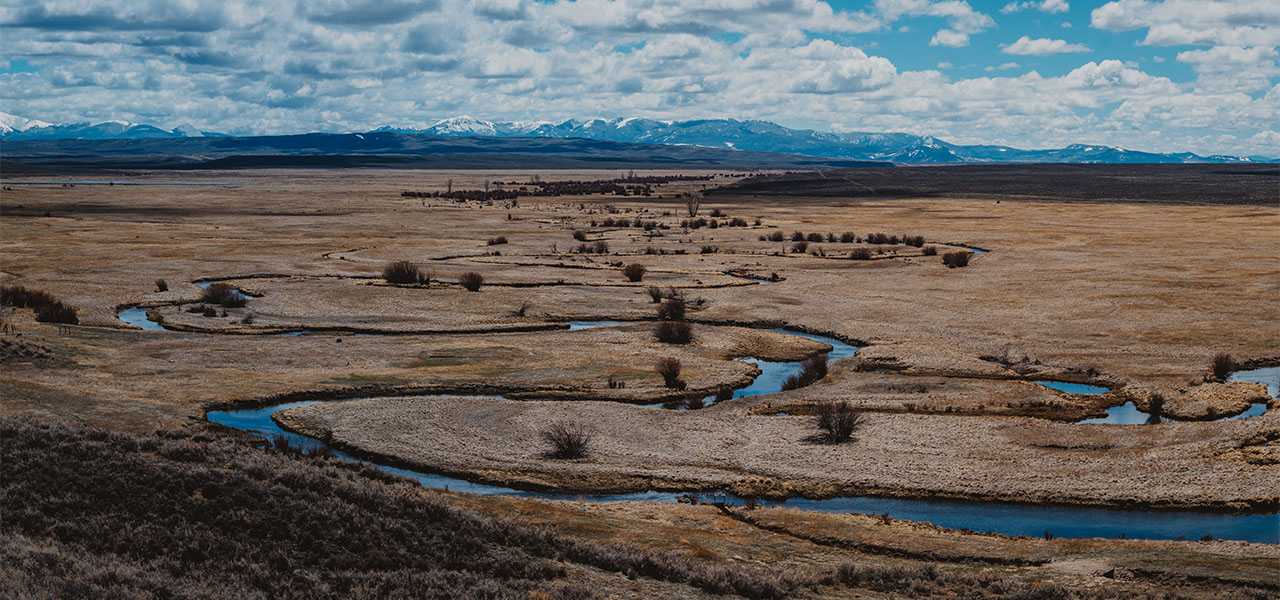
A beautiful spot somewhere in Colorado or Utah (a panorama stitch)!
Image Quality
Sharpness
Next up, let’s get into the nitty-gritty and talk about sharpness.
Quick warning: my lens tests don’t tend to get very scientific, I mostly just pixel peep. Don’t expect MTF graphs or anything complicated like that.
Wide Open
To start, images taken at F1.8 are actually pretty razor sharp, but with a caveat…
At F1.8, the focusing plane is incredibly thin. Given that this lens is entirely manual focus (more on that later!), it’s up to you to nail it just right.
I’ve found that, despite seeming like I have things in focus, I often miss it narrowly when shooting wide open.
Stopped Down
Whew, when stopped down, however, this thing is an absolute beast!
Even just from F2.8, images are tack sharp and, given that the focus plane is a bit larger, it becomes much easier to nail accurate focus.
If you’re looking to do some panorama landscapes (I used this lens a lot for that), then you’ll be happy to know that sharpness seems to peak around F8. There’s very little corner softness, and the lens is just incredibly sharp from edge-to-edge.
Awesome performance, given that this thing is older than me!
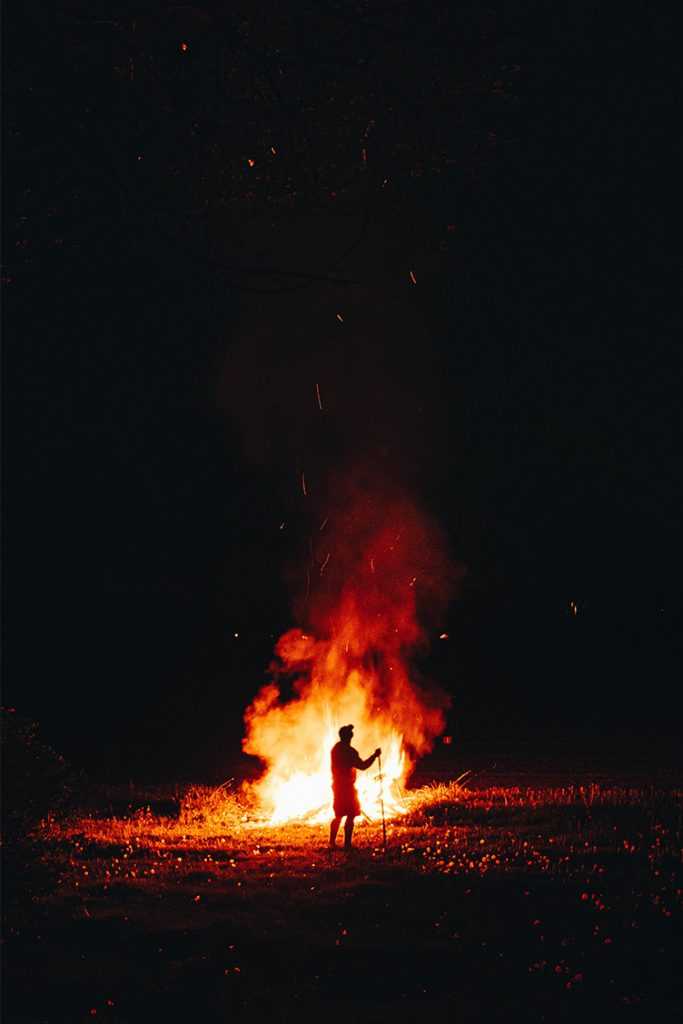
Somewhere in WI (2019)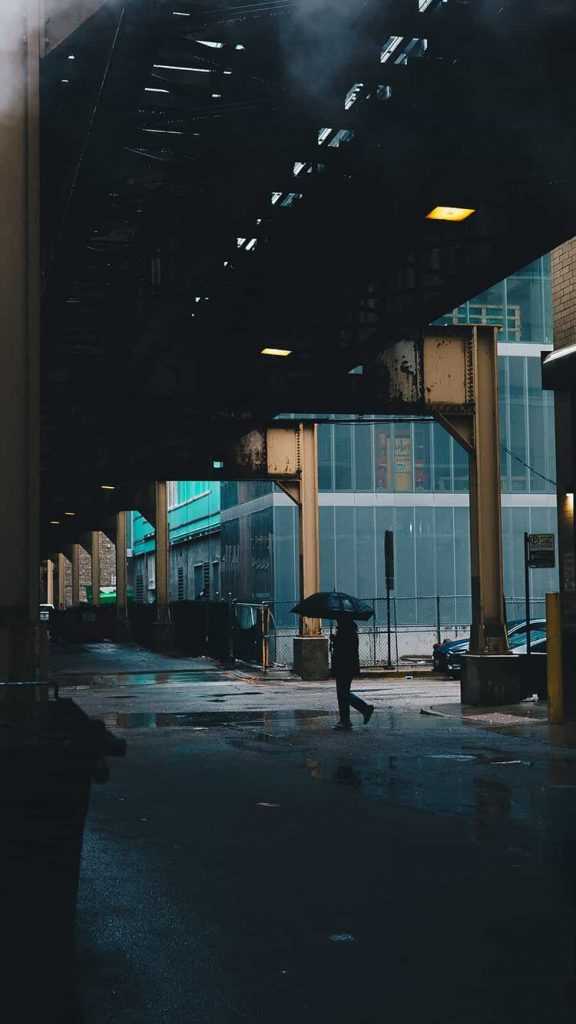
Chicago (2019)Two vertical images I took with this lens. Look at the contrast!
Optical Quirks & Flaws
As for optical quirks and flaws (distortion, CA, flare, vignette, etc.), the Canon FD 50mm F1.8 is actually largely free of any egregious issues.
Distortion
To start, distortion is minor and virtually unnoticeable.
It is a 50mm lens, after all, and they tend to suffer from distortion much less than their wider-angle counterparts.
Vignette
Vignette is actually fairly similar. Some older lenses suffer from insane vignetting, but this one is mostly fine.
When shooting wide open, you’ll find minor darkening of the corners, but it’s easily fixable. Or, you can leave it be to add more emphasis on the center of your frame.
Chromatic Aberrations
In terms of aberrations, the Canon FD 50mm surprisingly handles them quite well.
Even in some more extreme tests, such as shooting branches against a sunny sky, I found that the CA was typically quite minor and easily fixable in post.
Flaring
Finally, like most vintage lenses, we see rather iffy flare resistance. Although not a lens that would make JJ Abrams proud (aka not an extreme flare-er), you will see some pretty significant ghosting and loss of contrast if shooting directly into the sun.
Either way, I often didn’t find it to be a major issue, and you can make a sort of makeshift “lens hood” with your hands in a pinch.
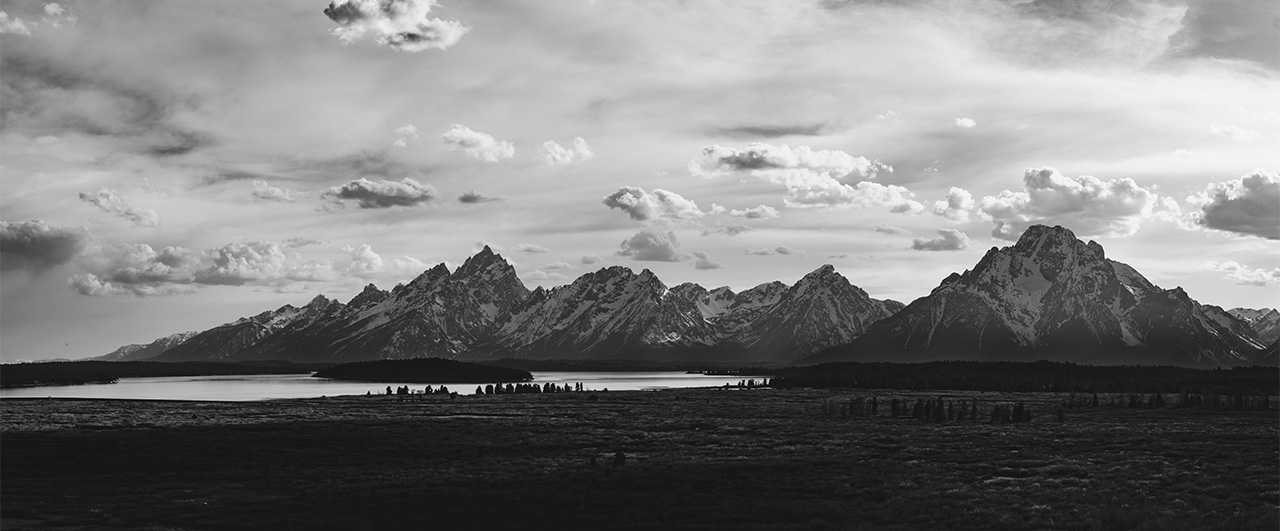
A panorama of the beautiful Teton Range, photographed during my summer there in 2021.
Overall Optical Performance
So yeah, despite this lens being nearly half a century old, it still performs better than some modern glass! The Canon FD 50mm F1.8 offers fantastic sharpness without many drawbacks. And, I must mention, it offers a lot of character…
Character (Strong/Rich Contrast)
Yep, vintage lenses often offer some sort of character. They’re typically not clinically sharp (like a Sigma Art lens, for example).
In this case, the Canon offers a very crisp, contrast-heavy look that I haven’t seen replicated by any modern glass. It’s hard to explain over text, but it just appears that shadows are richer and highlights are brighter.
Hopefully, my sample photos throughout the article can “show” it better than I can describe it.
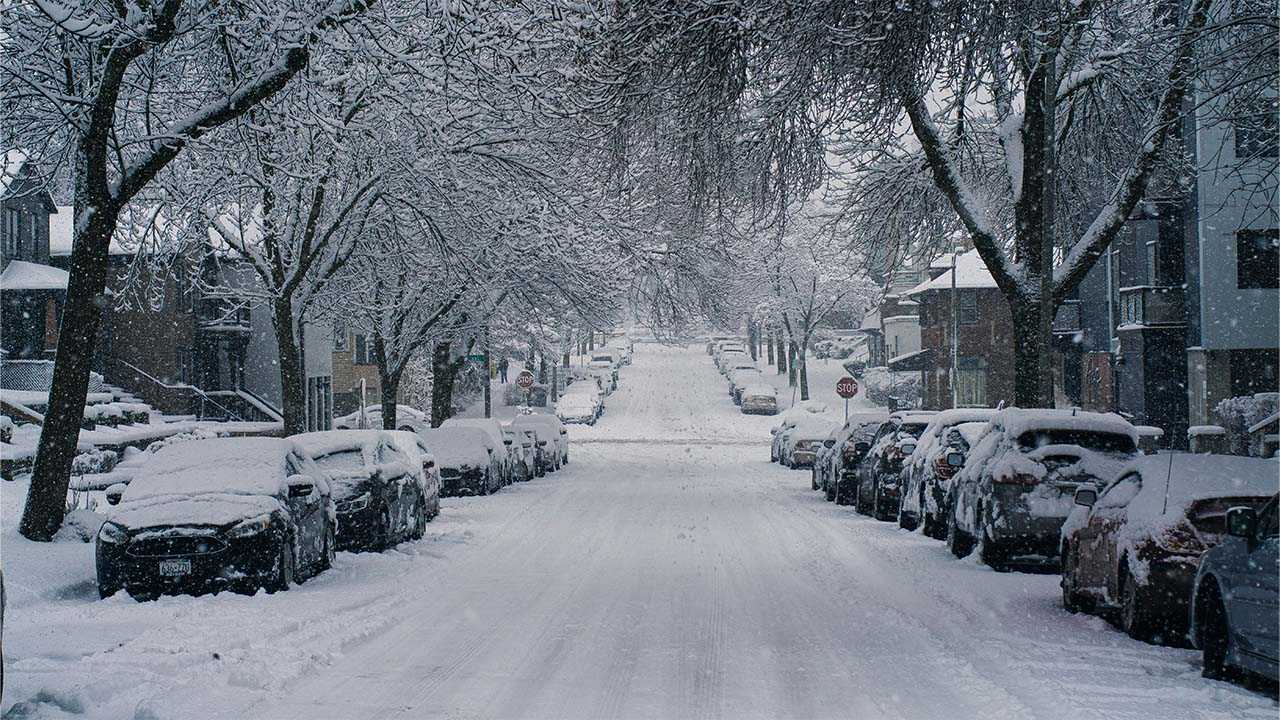
A snowy street near my apartment in Milwaukee, WI. Sometime in early 2020.
Conclusion & recommendation
| Good | Average | Bad |
|
|
|
The Canon newFD 50mm f/1.8 is a very small and light lens that’s very sharp when stopped down. Distortion is low and LaCA is virtually absent. However there are some serious flaws which make recommending this lens difficult. Bokeh is very busy already a bit away from MFD, sharpness at typical portrait distances is rather lousy and flare resistance is pretty bad. On top of that handling isn’t nearly as nice as one would expect from a manual prime lens from his period.
Therefore I can only recommend this lens in case you are looking for a very light and sharp, yet very 50mm lens for your landscape kit. In case budget and/or weight are less critical to you there are plenty other options which are better optically and more enjoyable to use.
In case you are the one looking for this light and cheap, yet sharp landscape lens, the Canon newFD 50mm f/1.8 is a great budget tool that will deliver decent pictures as long as you step down a bit and avoid direct sun light on the lens.
The lens can be found in decent condition for under €35,- $40 at ebay.de* and ebay.com*
*Affiliate links (If you purchase the lens through one of these affiliate-links we get a small compensation with no additional cost to you.)
Video Performance
Breaths
Now we get to the meat of why I’m even bothering with these old lenses, video.
The first optical performance feature I want to look at is breathing. Breathing is caused by changes in the apparent focal length that cause the composition to change as the focus is being pulled. What you want to look for is whether objects near the edges of the frame move towards or away from the edge (or even out of the frame completely) as focus is pulled.
With respect to breathing the FD 50mm f/1.8 does surprisingly well. I suspect this is largely due to the old style overall extension focusing system that doesn’t shuffle elements around to focus. The crop factor doesn’t hurt in this test either, as I’ve noticed the sweet spot effect of crop sensors also helps reduce the magnitude of breathing some.
Breathing test, Canon new FD 50mm f/1.8 on EOS M.
I’ve already spoken at length about the length of throw for the focus ring, at 180° it’s shorter than standard 300° found on almost all cinematography lenses. The hard stops mean that the lens will work with good repeatability with a follow focuses. That said, since it’s a still lens, it’s not geared, so it will need a geared ring to be used with a follow focus.
That said, there’s one special concern with adapting the FD 50mm f/1.8 to a smaller mount, and that’s the precision of the mount adapter. My FD to EOS M mount adapter is slightly shorter than the required 26mm, and as a result, the infinity stop is actually focused past infinity. On a cine-lens like the Zeiss compact primes, or the Canon CN-E primes, the mount is designed to be shimmed to find tune the register, that’s not the case with either the FD still lenses or the cheap mount adapter I’m using. Shimming the mount adapter for the lens is an option if you’re willing to buy a mount adapter for every lens you adapt (not necessarily a bad idea), but can quickly become problematic if the required shimming pushes another lens past the designed register.
The aperture ring could be better as well. The default ring is a still lens design, with click stops at every full and half position from f/1.8 to f/22. The clicks are created using a small metal cylinder under spring pressure rolling over bumps in a plastic ring. The lens can be de-clicked, but doing so does require disassembly of the lens, though you don’t have to muck with any of the optical alignment in the process.
Sample images
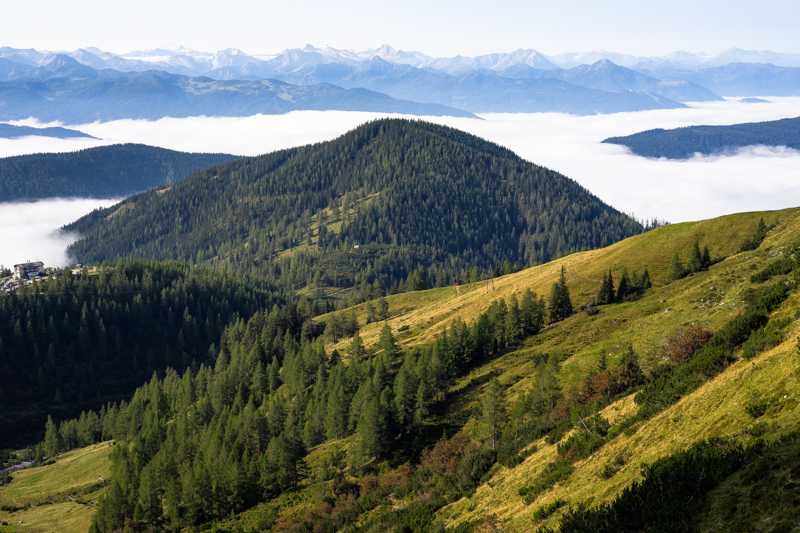 Sony a7RIII | Canon 50mm f/1.8 newFD | f/8
Sony a7RIII | Canon 50mm f/1.8 newFD | f/8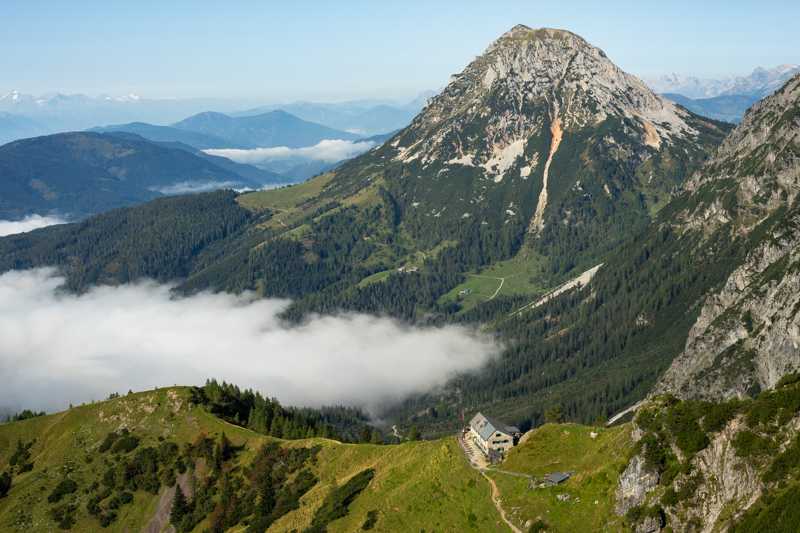 Sony a7RIII | Canon 50mm f/1.8 newFD | f/8
Sony a7RIII | Canon 50mm f/1.8 newFD | f/8 Sony a7RIII | Canon 50mm f/1.8 newFD | f/8
Sony a7RIII | Canon 50mm f/1.8 newFD | f/8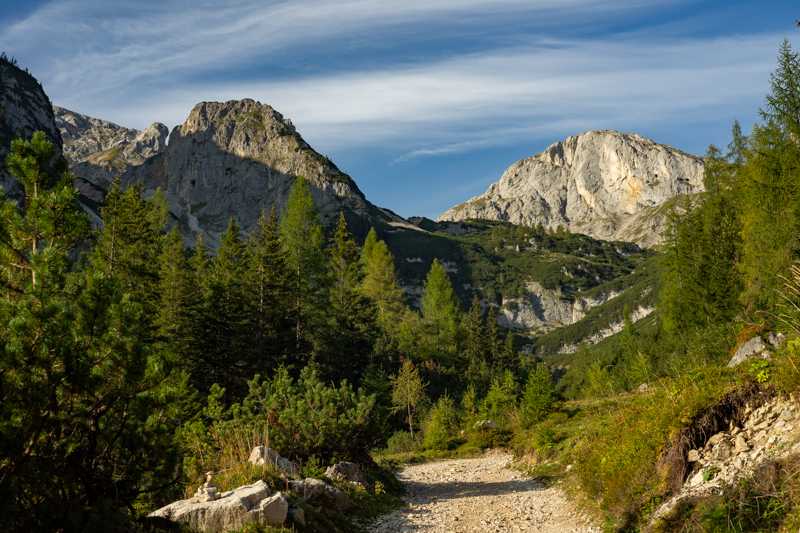 Sony a7RIII | Canon 50mm f/1.8 newFD | f/8
Sony a7RIII | Canon 50mm f/1.8 newFD | f/8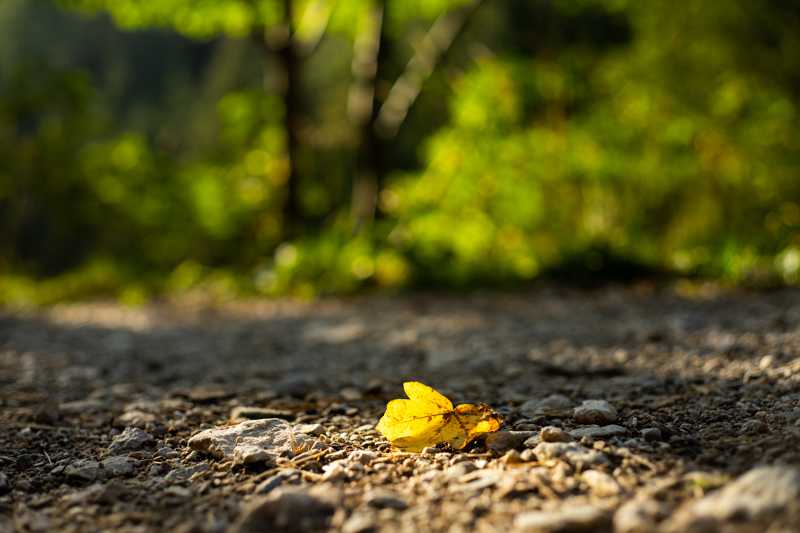 Sony a7RIII | Canon 50mm f/1.8 newFD | f/1.8
Sony a7RIII | Canon 50mm f/1.8 newFD | f/1.8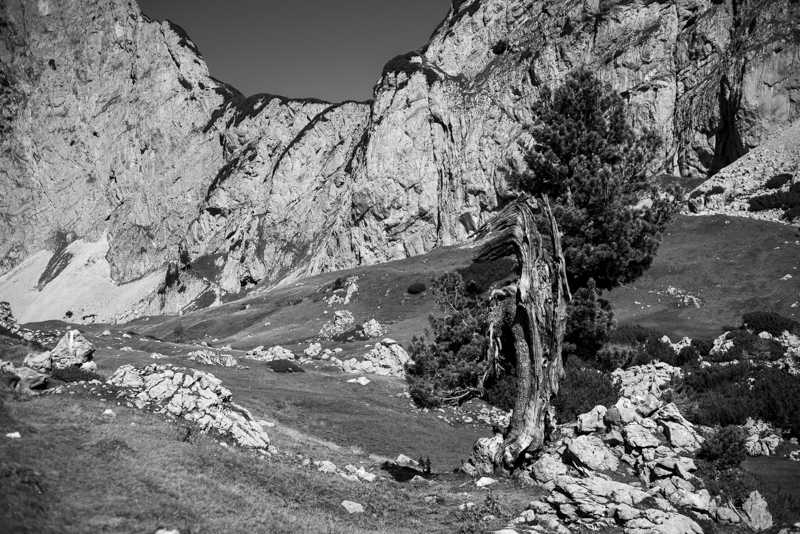 Sony a7RIII | Canon 50mm f/1.8 newFD | f/5.6
Sony a7RIII | Canon 50mm f/1.8 newFD | f/5.6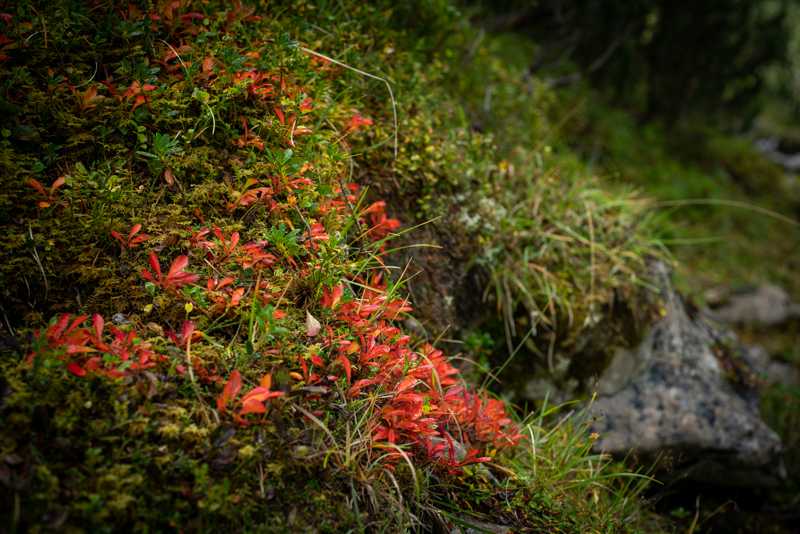 Sony a7RIII | Canon 50mm f/1.8 newFD | f/4
Sony a7RIII | Canon 50mm f/1.8 newFD | f/4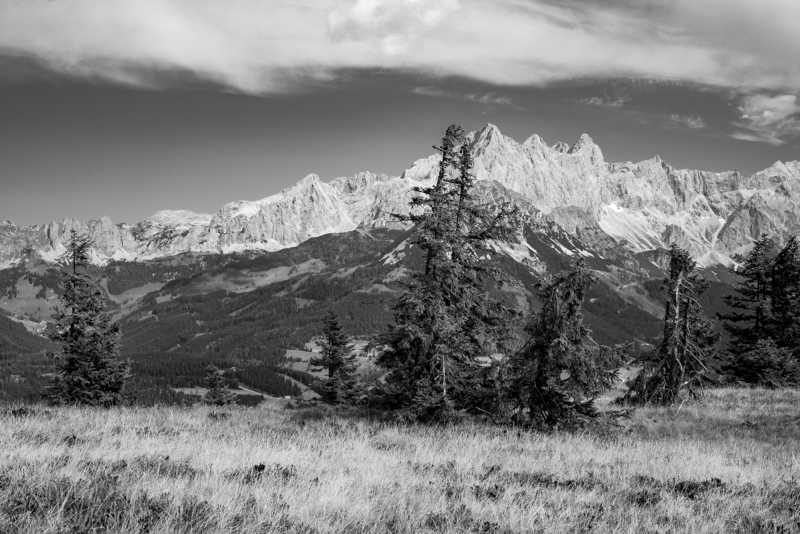 Sony a7RIII | Canon 50mm f/1.8 newFD | f/8
Sony a7RIII | Canon 50mm f/1.8 newFD | f/8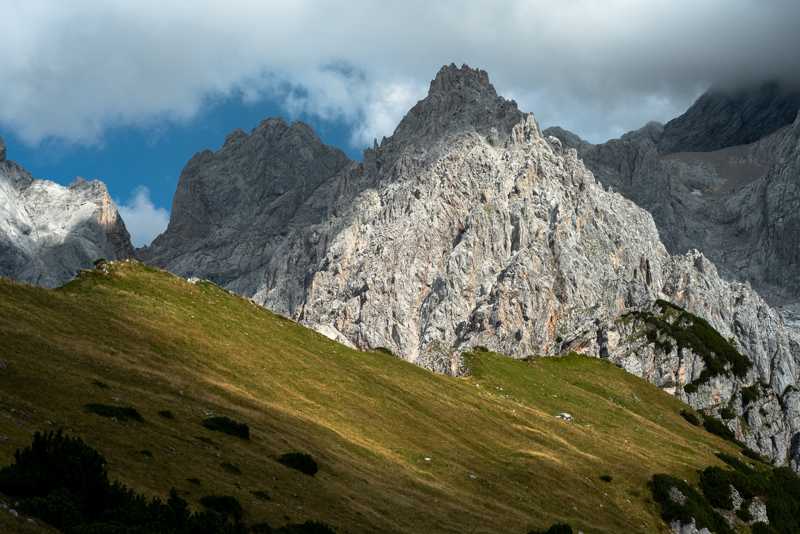 Sony a7RIII | Canon 50mm f/1.8 newFD | f/8
Sony a7RIII | Canon 50mm f/1.8 newFD | f/8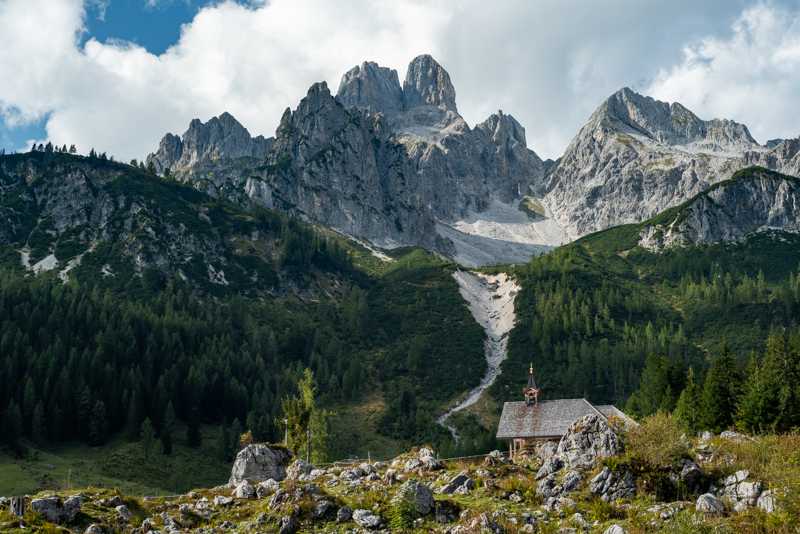 Sony a7RIII | Canon 50mm f/1.8 newFD | f/8
Sony a7RIII | Canon 50mm f/1.8 newFD | f/8
Further reading
- GUIDE TO THE BEST PORTRAIT LENSES – SONY A7 SERIES
- FE LIST
- BEST BUDGET LENSES UNDER $499 FOR SONY A7/A7II/A7III
- Manual lenses
The following two tabs change content below.
JuriaanM
My name is Juriaan, I am a passionate photographer from the Netherlands. I mainly shoot landscapes and the milkyway and I like to travel through wild landscapes around Europe.
Latest posts by JuriaanM
- Review: Sigma 85mm f/1.4 DG DN Art — January 8, 2022
- A beginners guide to landscape astro photography — March 11, 2021
- Canon newFD 50mm f/1.8: A review — January 4, 2021
Fast aperture
Well, it gets us an extra two-thirds of a stop of light. If you are wanting to shoot handheld in a place with poor lighting, this is your lens. I recently used it for exactly this purpose inside a church where flash was not permitted. There are other side benefits too. The faster aperture means your viewfinder will be brighter, your split-circle focusing more precise, and the in-camera metering will be more accurate. Happiness all round!
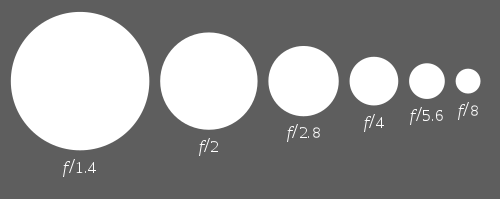 Aperture diagram
Aperture diagram
Confusingly, f/1.8 is not a “standard” aperture. f/1.4 and f/2.0 are “whole” f-numbers, and f/1.8 lies about two-thirds between them. I’m not sure why so many manufacturers use f/1.8 as a common lens – clearly it’s cheaper to make than f/1.4, but why not f/2.0? Maybe it’s considered to be too slow. There are several f/1.7 lenses around, too. Who knows.
My Final Thoughts
An Awesome Lens
So yeah, I’ve owned this lens almost as long as I’ve had my camera and it’s still one of my favorites for when I just want to shoot for fun.
It offers incredible character (seriously, contrast is so strong and beautiful) and it’s got that good-ol’ vintage build quality. And it does all this while not being incredibly large, heavy, or even expensive. Seriously, this thing isn’t pricey at all, even with the required adapter.
Conclusion
So, if you’re looking to dive into vintage lenses, consider picking up the Canon FD 50mm F1.8. These days, it’s still fairly easy to find, whether that be on Amazon or eBay.
I can’t praise this thing enough. Image quality, beatiful and strong build, a fantastic manual focus feel. It hits all the right marks.
I’ll leave a purchase link below if you’re looking to pick it up for yourself, but don’t forget the adapter! Thanks for reading.
An Awesome Vintage Lens
Canon FD 50mm F1.8
Offering incredible vintage build quality and producing excellent images, the Canon FD 50mm F1.8 is a legendary lens that still deserves recognition to this day. Don’t forget the adapter!
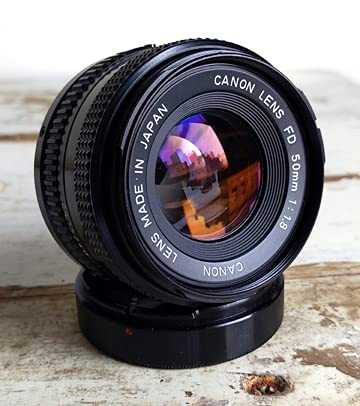
Check Price
Make sure to remember the adapter!
Canon FL 135/3.5
Технические характеристики:
- Фокусное расстояние — 135 мм.
- Максимальная диафрагма — 3,5.
- Минимальная диафрагма — 22.
- Количество линз/групп — 4/3.
- Минимальная дистанция фокусировки — 1,5м.
- Количество лепестков диафрагмы —8.
- Байонетное крепление оптики — FL.
- Крепление для насадок и фильтров резьба — 48 мм.
- Тип просветление — однослойное.
- Рабочий отрезок — 41,9 мм.
- Фактический вес — 434 грамм.
Эргономика и конструктив:
Несомненным достоинством объектива можно считать его компактные размеры и не большой вес. Если по размерам сравнивать Canon FL с советским Юпитер-37А то у Ю-37А незначительный выигрыш, но только у Canon реализована прыгалка диафрагмы!
Кольцо установки диафрагмы вынесено на переднюю часть объектива (привет Zuiko OM). Переключается ступенями, но без промежуточных значений. В добавок объектив может похвастаться Репетиром диафрагмы, при использовании объектива через переходник на беззеркальных камерах нет необходимости разбирать объектив и фиксировать положения рычага.
Диафрагма состоит из восьми матовых черненных скругленных лепестков. На прикрытых значениях образуется восьмиугольник, но на диафрагмах 4.0-5.6 отчетливых углов нет, поэтому точечный свет в зоне нерезкости проявляется в форме вполне приемлемых кружком.
Широкое кольцо фокусировки прорезинено, даже влажные пальцы не скользят. От бесконечности до минимальной дистанции фокусировки нужно сделать Чуть более пол оборота. Ход геликоида немного туговат и избыточно вязкий. Сказывается сложная конструкция геликоида, состоящая из трех частей, две из них подвижны и имеют свою отдельную резьбу (подобный механизм у Юпитер-37А). Смотрите статью с переделкой canon FL 135/3.5.
Просветление оптики однослойное, но вполне не плохое. Сносно справляется с контровым светом — без фанатизма, прямой жесткий свет все же съест контраст и детализацию. Бленда рекомендуется, но бленду с резьбовым креплением 48мм нужно еще поискать.
Байонетное крепление FL не позволяет установить объектив при помощи переходника на цифровые зеркальные фотокамеры Canon-EOS Nikon Pentax Sony (Olympus исключение) с сохранением фокусировки на бесконечности. Для чего объектив Canon FL 135/3.5 необходимо переделывать, юстировать и менять хвост.
Художественные качества:
На открытой диафрагме объектив резкий, но немного хроматит. Хроматические аберрации в виде фиолетовой каймы формируется вокруг белых объектов, а так же можно наблюдать кайму вокруг веток деревьев (и подобного) при контровом свете по краю изображения.
Помимо того картинка достаточно контрастная. Что не удивительно, оптическая схема Sonnar. Я бы сказал что она такая же как и у Carl Zeiss Sonnar 135/3.5 и Юпитер-37А, но все же задняя последняя линза не двуяковыпуклая а вогнуто-выпуклая — мениск. Что заметно отличает картинку, в частности БОКЕ отличается. Теперь картинка не имеет плавного перехода из ГРИП в зону нерезкости, а с явным переходом. По мнению разработчиков Canon, так правильно. Собственно Canon Co. построила всю оптическую иерархию вокруг правильной — резкой, контрастной, без явных недостатков картинки.
Однослойное просветление вносит незначительную лепту в искажения цветов. Все вполне естественно но блекло. Как писалось выше, прямой контровый жесткий свет не желателен.
Вывод:
Canon FL 135/3.5 классический представитель Sonnar-овской братии, но с чертами Canon. Резкая, контрастная, без искажений, с небольшими хроматическими аберрациями (ХА) картинка — очень «правильная» картинка, возможно кому то покажется что суховата. Объектив достаточно компактен и легок, переделывается на Nikon. На наших просторах не плохая альтернатива Юпитеру-37А за те же деньги (или даже доступнее).
4.1 Тест на резкость.
Далее я провел тест на резкость. Этот тест заключается в следующем — делается «пристрелка» по мишени с различными диафрагмами, после чего сравниваются результаты. Результаты — это фрагменты мишени, взятые из области у центра кадра и у края кадра. Откуда именно я брал результаты для сравнения, смотрите на рисунке ниже.
Тест проводился при следующих условиях, была взята вот такая мишень, распечатана на принтере. В идеале мишень необходимо печатать на лазерном принтере при разрешении 600 dpi, но за неимением такого, я распечатал ее на струйном принтере на фотобумаге Lomond. Мишень я закрепил на вертикальной поверхности и сверху подсветил галогенным прожектором на 300 Вт. Перед мишенью установил фотокамеру на штативе. Съемка велась в режиме Av, спуск проводился при помощи таймера в 2 сек, с блокировкой поднятого зеркала. Это поможет свести на нет всю шевеленку. Использовалась автофокусировка по центральной точке в режиме ONE SHOT. В итоге представляю вам результаты данного теста.
| Диафрагма | Фрагмент мишени из угла | Фрагмент мишени из центра |
| f/1.8 | ||
| f/2 | ||
| f/2.8 | ||
| f/3.5 | ||
| f/4 | ||
| f/5.6 | ||
| f/6.3 | ||
| f/9 | ||
| f/11 | ||
| f/16 | ||
| f/22 |
Bokeh
Bokeh is certainly the most important drawback of the Canon f/1.8 50mm newFD. Near MFD bokeh is smooth but at longer distances bokeh quickly gets very distracting, the direction of the field curvature doesn’t help here.
Close up
Near MFD the bokeh of the Canon nFD 50mm f/1.8 is smooth and pleasant to look at.
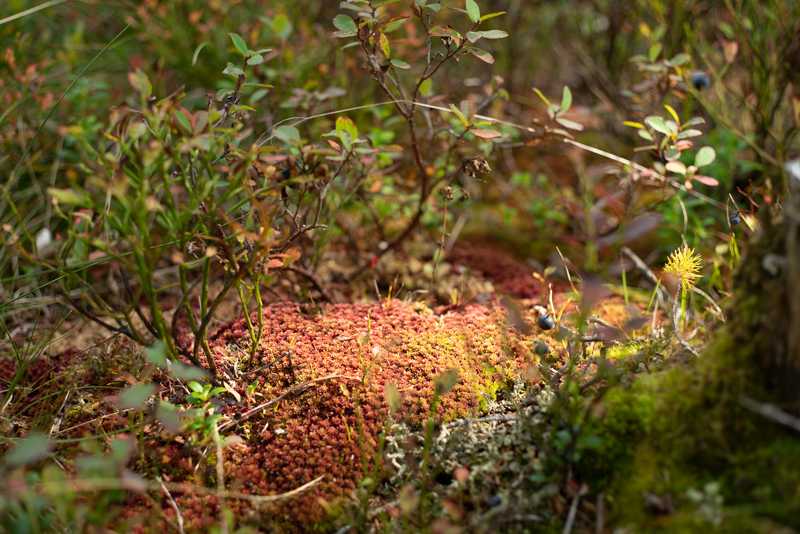 Sony a7RIII | Canon 50mm f/1.8 newFD | f/4
Sony a7RIII | Canon 50mm f/1.8 newFD | f/4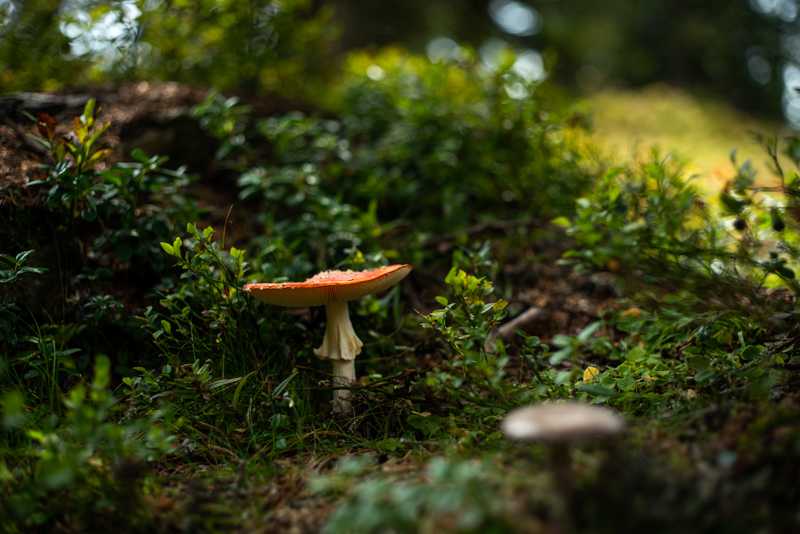 Sony a7RIII | Canon 50mm f/1.8 newFD | f/1.8
Sony a7RIII | Canon 50mm f/1.8 newFD | f/1.8
Mid distance
At slightly longer distances, like for example for a shoulder portrait bokeh starts to get more nervous. Especially towards the corners there is quite some outlining and bokeh fringing.
Stopping down only helps a little bit, at f/2.8 bokeh is still very busy.
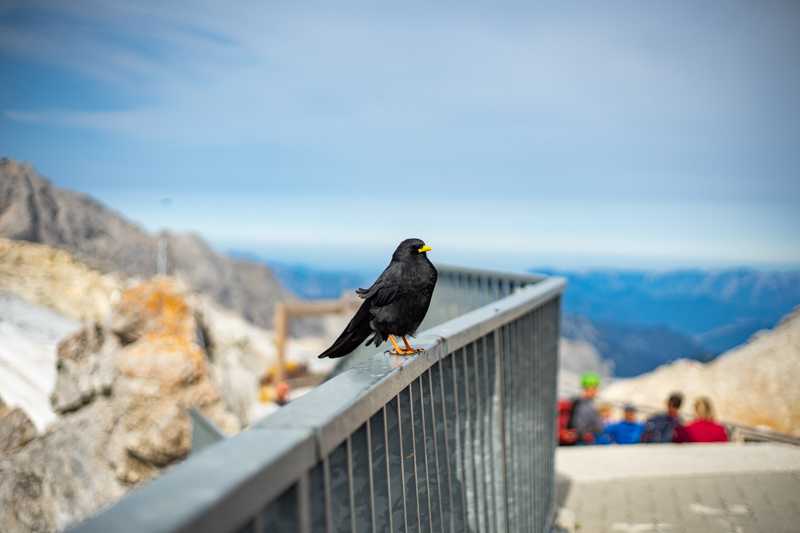 Sony a7RIII | Canon 50mm f/1.8 newFD | f/1.8
Sony a7RIII | Canon 50mm f/1.8 newFD | f/1.8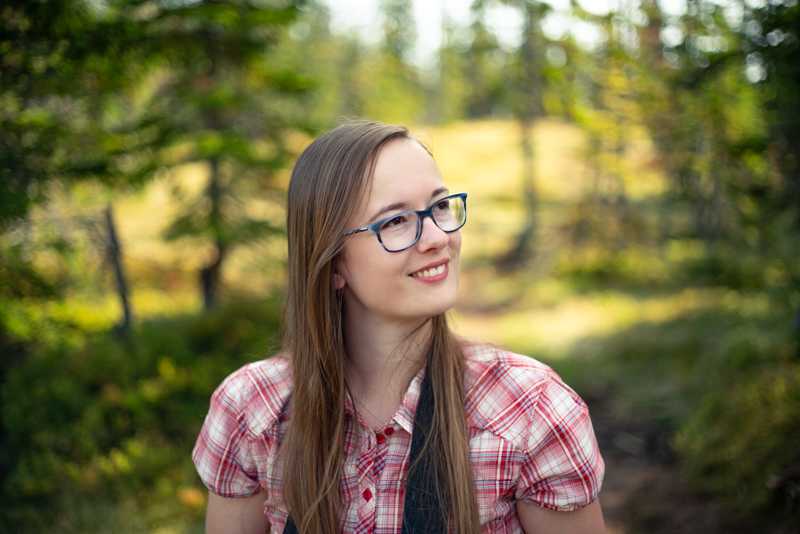 Sony a7RIII | Canon 50mm f/1.8 newFD | f/1.8
Sony a7RIII | Canon 50mm f/1.8 newFD | f/1.8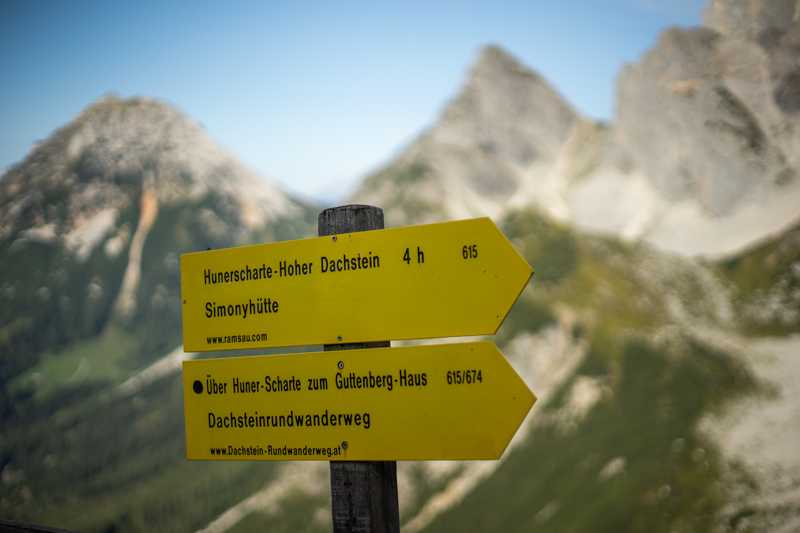 Sony a7RIII | Canon 50mm f/1.8 newFD | f/1.8
Sony a7RIII | Canon 50mm f/1.8 newFD | f/1.8
Long distance
At longer distances bokeh is very busy, especially in the corners and it takes stopping down to f/4 to tame the bokeh significantly.
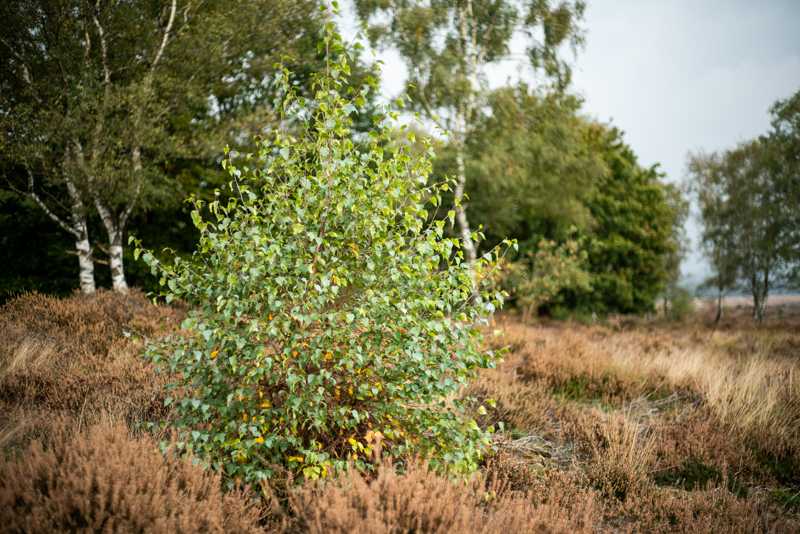 Sony a7RIII | Canon 50mm f/1.8 newFD | f/1.8
Sony a7RIII | Canon 50mm f/1.8 newFD | f/1.8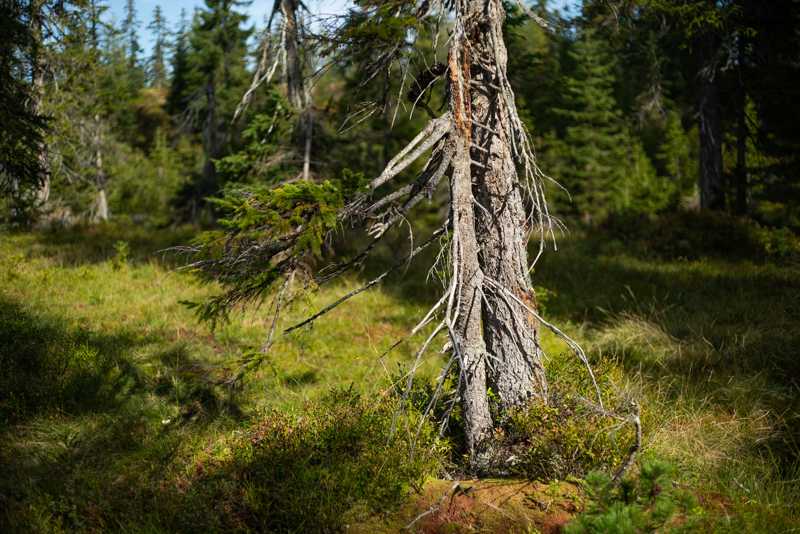 Sony a7RIII | Canon 50mm f/1.8 newFD | f/1.8
Sony a7RIII | Canon 50mm f/1.8 newFD | f/1.8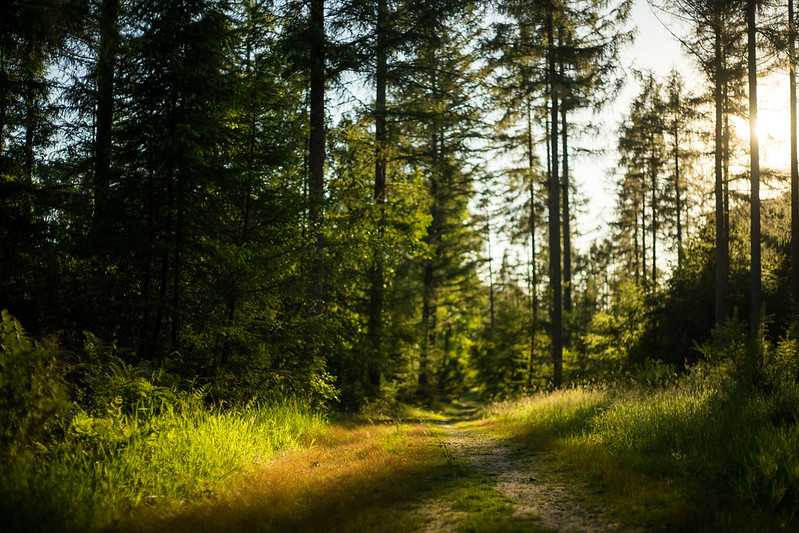 Sony a7RIII | Canon 50mm f/1.8 newFD | f/1.8
Sony a7RIII | Canon 50mm f/1.8 newFD | f/1.8
Alternatives
Back in the 80s any major manufacturer had a 1.4/50 lens in it’s lineup. These normal lenses share more similarities than differences but every lens has characteristics which sets it apart from it’s peers.
- Minolta MD Rokkor 1.4/50: Not as sharp at f/1.4 and still a little behind at f/2 but it has nicer bokeh in my eyes, the 6 aperture blades are a disadvantage though.
- Minolta MD 2/50: Better for landscapes and architecture, not as good for portraits and available light photography.
- Pentax SMC 1.4/50: Never tried one myself but it has a very good reputation and I guess it could be as good at f/1.4 while having nicer bokeh.
- Zeiss FE 1.8/55: The Zeiss is a lot sharper in the corners and a little sharper in the center at f/1.8, it has nicer bokeh, is more flare resistant and you can buy about 15 Canon nFD 1.4/50 for it’s price.
Conclusion
good
|
average
|
not good
|
I think the biggest strenth of the Canon nFD 1.4/50 is it’s sharpness at f/1.4. It clearly outperforms all the other fast normal lenses I know in this regard. At f/2 it is still better than the competition and the 8 aperture blades are also and advantage.
Stopped down to f/8 it is very very sharp from corner to corner but this can be said about many normal lenses. The lens is also rather small and light for a 50mm lens while it is very affordable and easiliy available.
There are only a few shortcomings. One of them is quite nervous bokeh in the transition zone. This is not an issue for portraits but it can be distracting for pictures of flowers and other stuff at closer distances, other lenses perform better in scuh settings. You also need to stop down quite a bit for good corner performance but this is expected from a fast 50mm lens and the results are very good at f/5.6.
All in all I think the Canon new FD 50mm 1:1.4 is a good and versatile lens which will give very good results in a very wide range of applications. I also think it is the 1.4/50 lens with the best value.
You can buy the Canon new FD 1.4/50 at ebay.de | ebay.com (affiliate links).If this review was helpful to you, please consider using one of my affiliate links. I will earn a small commission on your purchase and it won’t cost you anything. Thanks!
For the right adapter check out our .
Sample Images Canon FD 50mm 1:1.4
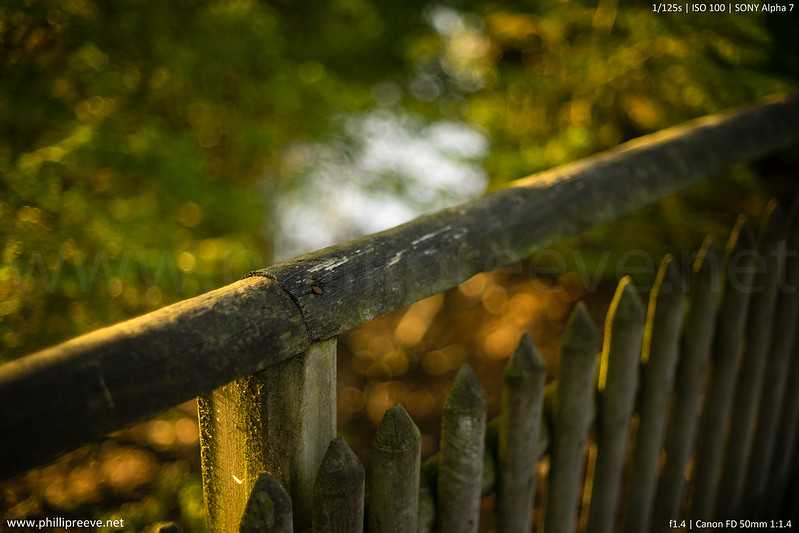 f/1.4
f/1.4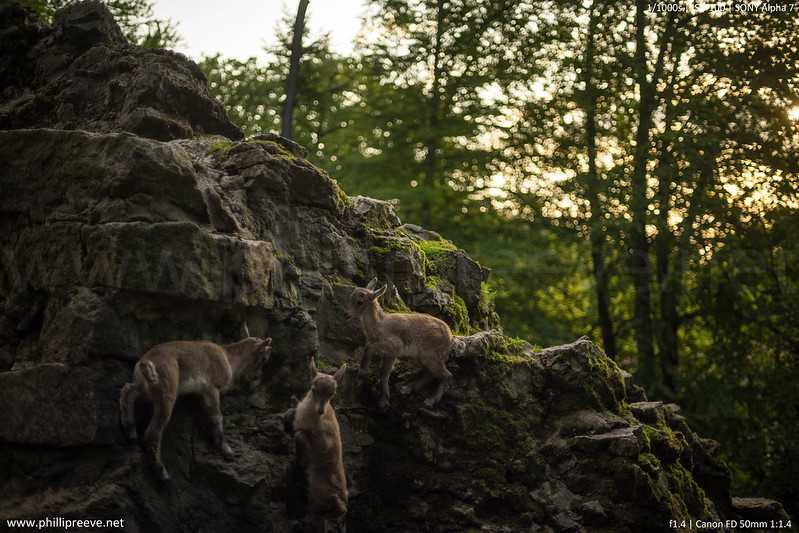 f/1.4
f/1.4
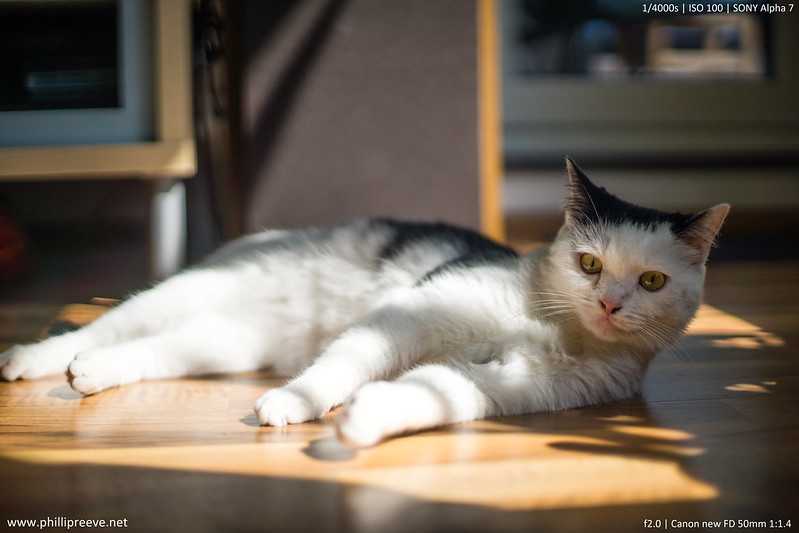 f/2
f/2
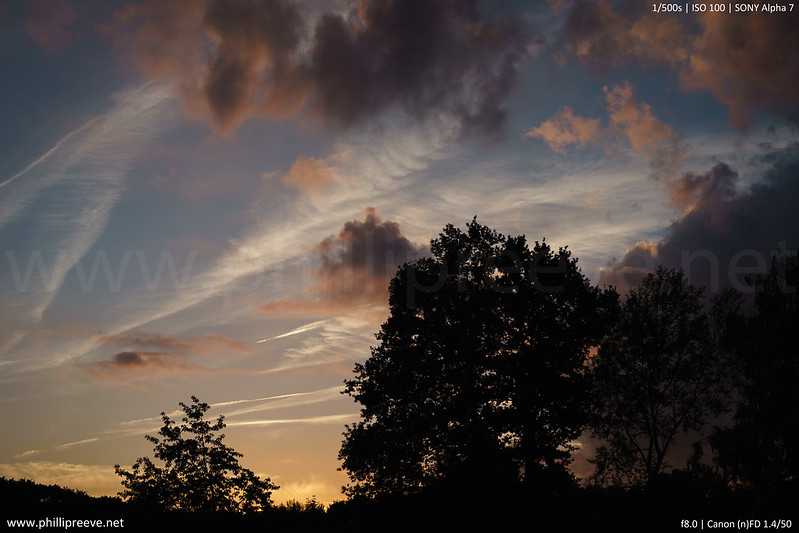 f/8
f/8
You can find more full resolution images in this flickr set: Canon new FD 50mm 1:1.4 full resolution sample images
Other Articles
- The Guide to Canon FD lenses in the digital age
- An introduction to manual lenses on the a7
- Affordable manual lenses for the Sony Alpha 7,7r,7ii,7rii and 7s
The following two tabs change content below.
I have two hobbies: Photography and photographic gear. Both are related only to a small degree.
Latest posts by Phillip Reeve
- Review: Samyang AF 75/1.8 FE — April 12, 2021
- The FE-List now has 113 lenses on it — March 25, 2021
- Announced: Voigtlander 35mm F2 Apo-Lanthar — February 15, 2021



























